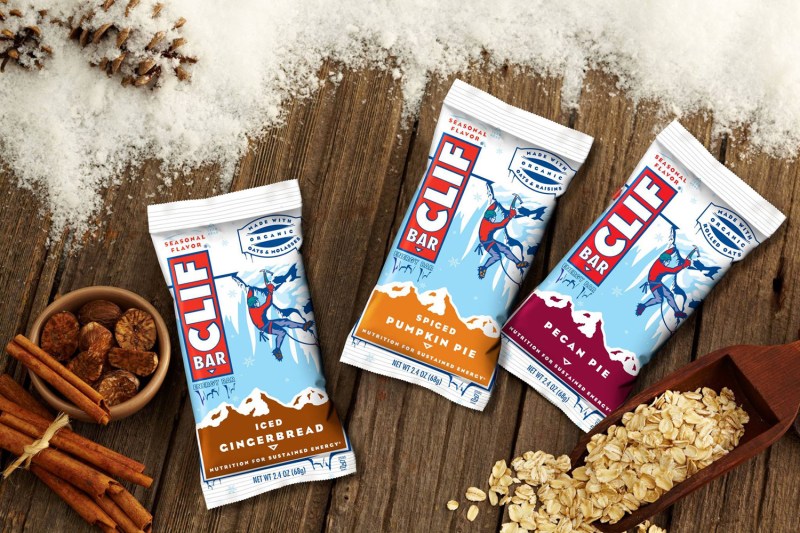
There are several types of energy and protein bars on the market right now. These energy bars come in different amounts of protein, fiber, fat, carbohydrates, sugar, and even caffeine. One of these is the Clif Bar, which was invented in the 1990s by founder Gary Erickson because he found most energy bars lacked flavor or variety.
Clif Bars are convenient because they are easy to pack, easy to eat, and easy to digest. Generally speaking, Clif Bars are considered energy bars because they have a higher amount of carbs and sugars. They are designed for endurance athletes, post-workout energy replenishment, or outdoor activities such as cycling, hiking, or skiing.
What’s in a Clif Bar?
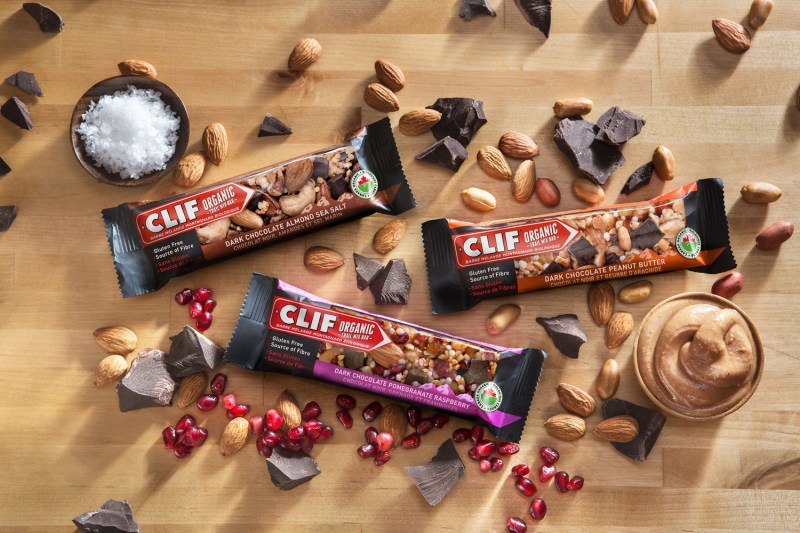
For the purposes of our Clif Bar inspection, we’ll take a closer look at their flagship product — the chocolate chip bar.
Nutritional Value of the Chocolate Chip Clif Bar
● 240 calories
● 9.2 grams of protein
● 4.1 grams of fiber
● 45 grams of carbs
● 21 grams of sugar
● 5.1 grams of fat
Recommended Daily Amounts for Men
● 2,500 calories
● 56 grams of protein
● 35 grams of fiber
● 330 grams of carbs
● 36 grams of sugar
● 75-80 grams of fat
Of course, these numbers vary by individual when you factor in weight, activity levels, age, and other related factors like medical conditions. It’s best to calculate the nutritional values specific to your body stats. To start, this simple daily nutrient needs calculator can help you gain a better understanding of your nutritional needs and whether or not a Clif Bar is suited to your day-to-day activity. For now, let’s run through some basic qualifiers to determine why snacking on a Clif Bar may or may not agree with you.
Do You Only Eat Clif Bars During Workouts?
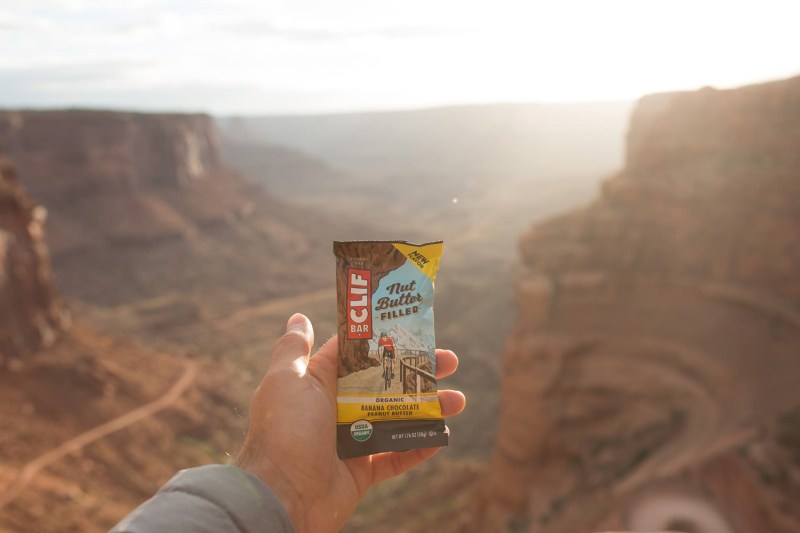
Besides your bottle of water or workout supplements like creatine shots or protein shakes, you might default to Clif bars to get you through muscle fatigue. Exercising for at least a few hours with limited access to other foods and drinks plus a need for a long-lasting energy source are the ideal circumstances to eat a Clif Bar or two.
Since these satisfying snacks boast an ample supply of carbs, sugar, and protein, you’ll be thankful for that extra push that can advance you through the finish line no matter what workout you’ve taken on. In other words, always keep some in your rucksack or gym bag if you’re an avid long-distance biker, mountaineer, cross country runner, or — like the iconic but unofficial Clif bar mascot — a tenacious mountain climber.
If, however, you’re mindlessly snacking on this protein snack as you marathon the entire Mad Max film franchise, we’re sorry to burst your chocolatey sweet and indulgent snack bubble. Unfortunately, watchathon weekends don’t count as endurance sports, but you might find that protein-heavy grub like trail mix, plain Greek yogurt, or cheese and nuts plates hit those snack cravings, too.
Do You Eat Clif Bars as a Daily Snack?
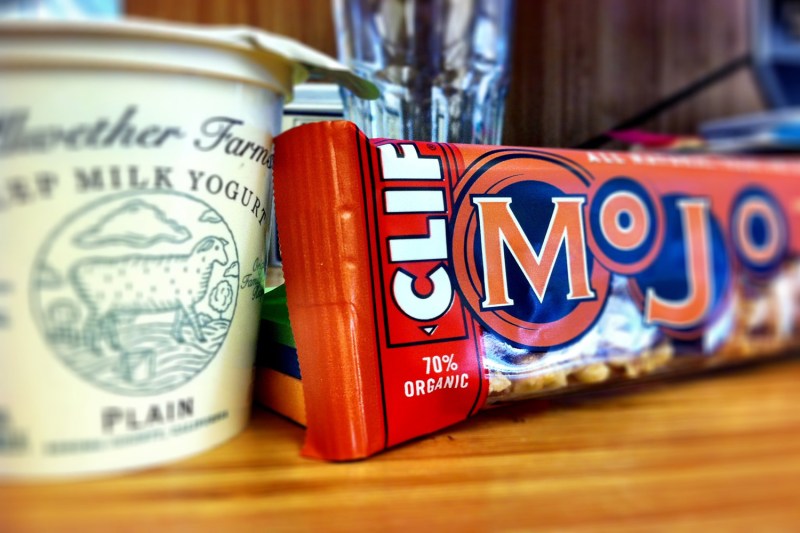
Due to the high sugar content in Clif bars, they’re typically not recommended for daily consumption. You might be tempted to munch on one at your desk instead of eating a meal (we know, sometimes you’re just on a roll and can’t break your concentration), but all things considered, Clif bars aren’t a sustainable solution.
If you’re noticing that you’re always a little tired, check in with other parts of your daily routine. There are some key questions you might ask as a form of self-check-in. Am I getting enough sleep? Am I starting my day with protein-heavy meals? Am I drinking enough water and not just guzzling cups of cold brew coffee every few hours? Chronic fatigue can point to more serious issues that require a doctor’s visit, but eliminating Clif Bars from your daily snack schedule might shed light on where you want to make immediate changes.
Are You on a Low-Carb Meal Plan Like the Keto diet?
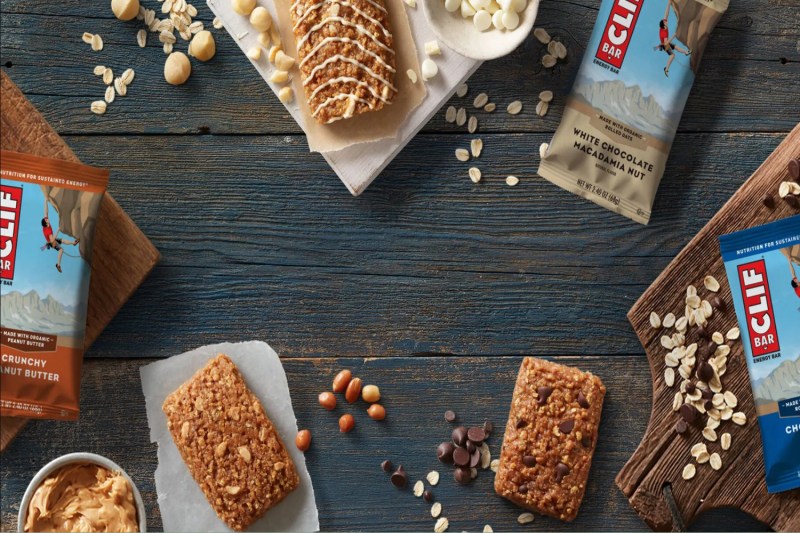
Another element to consider whether Clif bars are (relatively) healthy for you is whether you’re on a low-carb diet. For instance, the popular Keto diet asks you to limit daily carbohydrate intake and instead reach for protein-filled, fatty foods like cheese, meats, and nuts. With a hefty 45-gram carbohydrate tag compared to the 50-gram keto diet limit, a Clif Bar isn’t aligned with this low-carb meal plan.
Of course, there are different types of ketogenic diets, with some dedicating days to high-carb meals. On these carb-loading days or on your off days, treating yourself to a chocolate chip bar or any of the equally delectable sweet bars of the same brand is well deserved.
Are Clif Bars Healthy?
In essence, if you lead an active lifestyle, then Clif Bars are perfect for replenishing those lost nutrients during strenuous activity. That’s not to say you can’t eat a Clif Bar if you don’t do these types of activities, you just need to be mindful of the ingredients in the bar. If you are looking for a meal replacement, though, these may not be the best choice for you.



